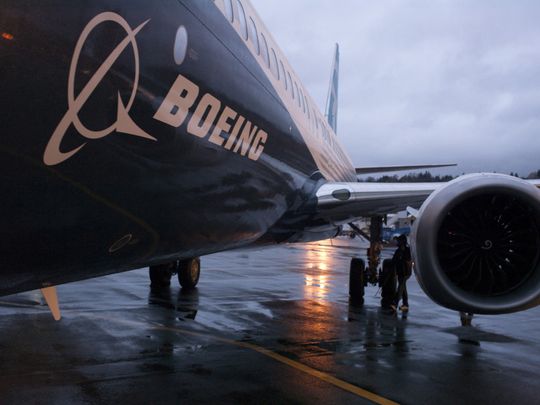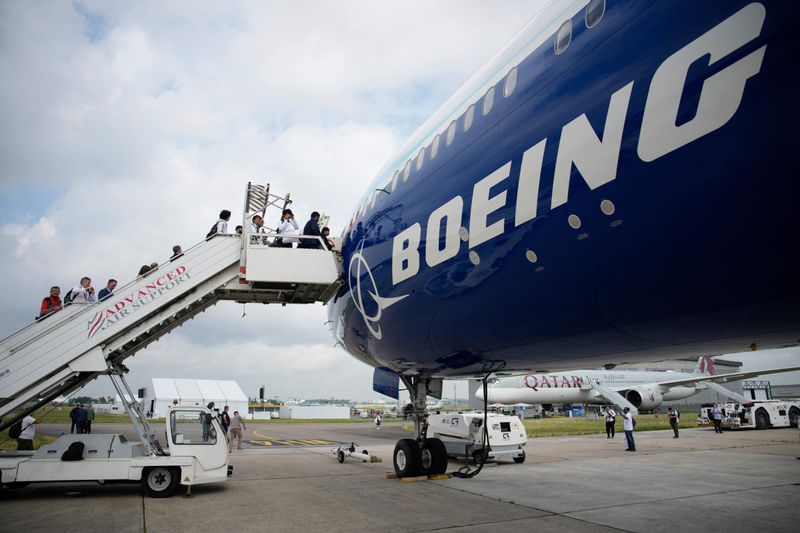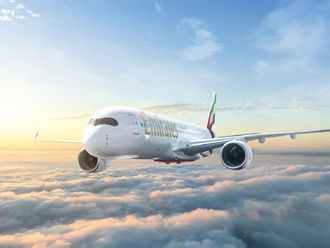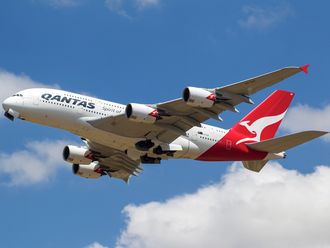
Dubai: With the aviation world focused on the Middle East this week, Boeing has highlighted that between 2023-2042, there will be 3,025 new commercial aircraft delivered to the region, with close to half being widebodies.
Moreover, the region’s fleet of dedicated freighters is projected to more than double to 180 jets by 2042, according to Boeing’s Commercial Market Outlook – the annual long-term forecast of demand for commercial aeroplanes and services.
According to Boeing, two-thirds of new deliveries will support air traffic and cargo growth, while one-third of deliveries will replace older aeroplanes with more fuel-efficient models. The commercial fleet will generate demand for $335 billion in aviation services, including maintenance, repair, training and spare parts.
The American plane manufacturer released the outlook a day ahead of the Dubai Airshow, scheduled for Monday, November 13. The intense interest is which UAE or Gulf airlines will be making those fleet expansion orders and, in this regard, three carriers - Emirates, flydubai and Riyadh Air - will have the spotlight trained on them.
Widebody vs. narrow-body
The CMO projects the delivery of 3,025 new commercial aeroplanes in the Middle East by 2042, including 1,350 wide bodies. The total fleet will increase 2.4 times to 3,360 aircraft — 1,610 (48 per cent) will be single aisles, while 1,520 (45 per cent) will be wide bodies.
Boeing forecasts that widebody aeroplanes will comprise 45 per cent of deliveries to Middle East airlines over the next 20 years ─ the highest percentage of the ten global regions featured in Boeing’s CMO forecast. The Middle East single-aisle fleet is also expected to double as low-cost carriers (LCC) and short-haul networks continue to develop and expand.
By 2042, nearly half of the region’s aircraft will be single-aisle jets, said Boeing. Aviation analysts have said there could be a notable interest in narrow-body aircraft during the Airshow, as they offer flexibility and efficiency, especially for regional and domestic routes.

UK-based aviation trade body ADS Group said 1,941 aircraft orders had been placed, with orders for single-aisle aircraft continuing to dominate market demand with 1,584 ordered compared to 357 widebody orders year to date.
Yet, Boeing argues that due to airlines connecting major population centres in Asia, Africa, and Europe through expanding, well-connected hubs, there’s a growing demand for more widebody aircraft. Darren Hulst, Boeing’s Vice President, Commercial Marketing, says these planes are essential to accommodate larger volumes of passengers.
He said, “This is where widebody aircraft can serve these markets, and that’s why we see a significantly higher percentage of widebody seats than in other regions.”
Is Premium Economy the future?
Post-pandemic, there has been a significant shift in the aviation industry, particularly concerning onboard products, said Hulst. Airlines have notably expanded their range of products on aircraft to boost revenue and enhance the travel experience for passengers. A critical development has been the substantial increase in plane Premium Economy sections.
“Many airlines have introduced Premium Economy cabins, expanded them and leveraged the space to generate even more revenue and provide more product options to travellers. Business classes have proven themselves to be very valuable to the point where, in some cases, First Class isn’t even needed anymore,” he explained.
Hulst said airlines are leveraging the flexibility of modern aircraft to continue providing such differentiated experiences, a trend anticipated to persist both regionally and globally in the upcoming generation of air travel.











